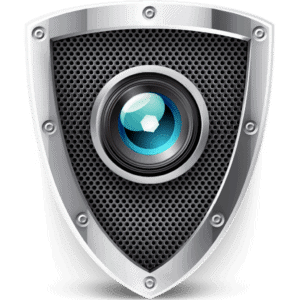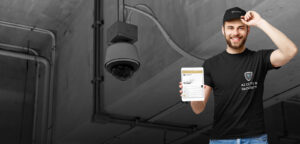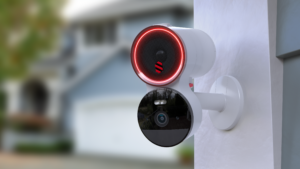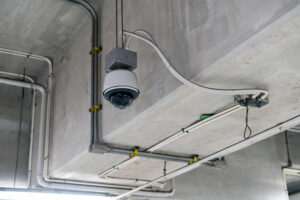Access control system is used to manage the access of people, vehicles and equipment into buildings.
They can be manual or automated, but they all have the same goal: to ensure that only authorized people have access to secure areas of your facility.
Simply put, they are a method for controlling who can enter or exit a building, and it’s an important part of any business. In fact, many facilities use an access control system in order to keep unauthorized persons out while allowing authorized individuals in.
While they are commonly used at commercial settings, schools and business places, they also can be installed at home or other private settings.
Access control system uses the fundamentals of access control and computer science to manage access to your facility.
In this blog, we will get to know how an access control system works.
So How Does Access Control Work?
Here are the 5 steps to understand how access control actually works.
Authentication:
A credential must first be authenticated. The data is then verified to see if the credential is known or recognized by the system when a user submits it to the reader.
Authorization:
The reader then determines whether the user has permission to enter the area. The reader must respond to the following inquiries in order for the user to be authorized:
- Does the user have access to the requested entry point?
- Is the user making use of a valid credential, like a key fob?
- Is there a certain timeframe for making the request?
- Is there a system lockdown or other security measures in place?
Availability:
Once authorization has been determined, the reader sends a message to the door hardware, causing it to activate and unlock the access point. In the event that the door unlocks, the system then determines who opened it.
Management:
Users can be added and removed from the access control system, activity can be watched, and timetables or alarms can be configured. The software used by the majority of access control systems automatically syncs with the controller and reader.
Audit:
The majority of access control systems provide an audit feature that lets administrators create reports. These reports can check that the system is operating as intended and assist in meeting compliance criteria.
INTEGRATION WITH OTHER BUILDING SYSTEMS:
These days, there are many ways to ensure that your building is secure. If you have a fire alarm system or sprinkler system installed in your office space, it may be possible to integrate the two so that they work together as one integrated network. This way if one fails (such as a sprinkler), you’ll know about it immediately and have time to react before any serious damage occurs.
In addition to integrating with physical security systems like fire alarms and sprinklers, companies can also use access control systems for their business applications—for example by allowing employees who have been granted permission from their managers through an administrator’s portal onto specific floors within the building at specific times during working hours only; this way workers won’t be able find themselves wandering around aimlessly looking for offices where nobody knows them!
Understanding the Types of Access Control System
There are now four main categories of access control models. The type of access that the user will be given depends on each of these several models. The following are these models:
Mandatory Access Control System:
The most stringent control model is mandatory access control. The system owner will often be the sole employee with this level of access. For businesses that demand the highest level of security, mandatory access control is utilized, with credentials restricted to a single, high-level operator.
Role Based Access Control System:
The most often used control model is this type of access control. Role-based access control grants access according to the employee’s rank. Depending on what they need to do their jobs, a production manager, for example, can have access to different locations and resources than a logistics manager.
Discretionary Access Control System:
The least restricting control model is discretionary access control. Each user has the same level of control after they have been given access. Using the aforementioned illustration, this implies that both the production manager and the logistics manager would have access to all resources.
Attribute Based Control System:
According to a set of guidelines and restrictions that have already been established by the owner or system administrator, attribute-based access control grants or withholds access to users. The versatility of this approach is what makes it so well-liked.
The Conclusion
Access control system allow administrators to choose who gains entry, when and where. Access control systems are typically used in conjunction with other security technologies like physical security measures and ID management systems.
The goal of any access control system is to keep those who should not have access out of the building or facility while allowing those who do have access unimpeded passage through its doors








